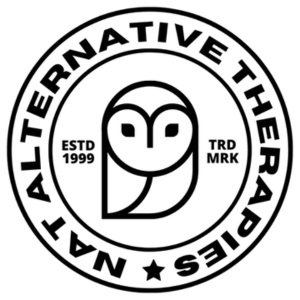What is Appendicular Sciatica?
Appendicular Sciatica Explained
With "Appendicular Sciatica", both the root cause and our approach to treatment are different than would be the case with "Axial Sciatica"
This is because in Appendicular sciatica, it is usually soft tissue that traps the sciatic nerve.
This form of sciatica can be just as painful as axial sciatica, but it will typically respond to soft-tissue work.
Axial Sciatica
Axial sciatica can be associated with spinal instability (which may well be made worse if we go powering in with indiscriminate deep work), so in treatment of Axial sciatica our aim is simply to ease the whole-body tensing and guarding that often accompanies chronic pain.
Appendicular Sciatica
Appendicular sciatica is characterized by increased pain from sitting, stepping up stairs or steep inclines, the direct pressure of sexual intercourse in women, or with resisted active external rotation of the femur.
Sometimes the muscular tightness that is to blame can be in the lower back or in the legs – and occasionally in the feet causing problems further up the body, but the big culprit is the piriformis muscle.
In some cases someone whose bowel is distended due to severe constipation can experience sciatica as the bowel puts pressure on the nerve.

Piriformis Syndrome
Piriformis syndrome is also a cause of sciatic pain. The pain experienced is due to the piriformis muscle compressing the sciatic nerve, such as while sitting in a car seat or running.
In the majority of cases it is likely that the piriformis muscle has simply become too tight and this puts pressure on the sciatic nerve giving the symptoms of sciatica.
If the sciatica arises from piriformis syndrome the symptoms will usually become worse after prolonged sitting, walking or running but may feel better after lying down on the back.
There is some disagreement within the medical and bodywork world as to if piriformis syndrome can be called sciatica but we have a clear precedent going back to Yeoman’s definition from 1928 describing what we now know as 'Piriformis Syndrome' as the compression of the sciatic nerve by the piriformis muscle.
Nerve entrapment by the piriformis muscle is probably the most common cause of appendicular sciatica accounting for up to 70% of these cases and there are simple tests that can be done to establish if this is the case.
As ever if your client is in any doubt they should seek a full medical opinion, this test is only one of many which can be carried out for sciatica.
Start by asking your client to sit towards the edge of a chair and lift the affected leg with the knee bent, as far towards the chest as is comfortable. If this increases the pain it indicates that the problem is more likely to be in the piriformis, or adjacent and connected muscle groups.
When this is the case then deeper massage work is indicated in order to release the muscle tension that is putting pressure on the nerve.
Find a Trigger Point Professional in your area
Dry Needling for Trigger Points
Certify as a Trigger Point Therapist
This trigger point therapy blog is intended to be used for information purposes only and is not intended to be used for medical diagnosis or treatment or to substitute for a medical diagnosis and/or treatment rendered or prescribed by a physician or competent healthcare professional. This information is designed as educational material, but should not be taken as a recommendation for treatment of any particular person or patient. Always consult your physician if you think you need treatment or if you feel unwell.

The Gold Standard in Continuing Education and Online Training
Massage Therapy, Sports Massage, Strength and Conditioning, Stretching, Mobilisation and Manipulation, Cranio-Sacral Therapy, IMS Dry Needling, Acupuncture, Acupressure, Trigger Point Therapy, IASTM, Resistance Training, Bowen Therapy, Vestibular Rehabilitation Therapy, Podiatry, Oncology Massage, Sports Nutrition, Traditional Chinese Medicine, Somatic Therapy, Prenatal Bodywork and Massage, Anatomy, Biomechanics, Clinical Reasoning, Pilates, and Yoga.




















